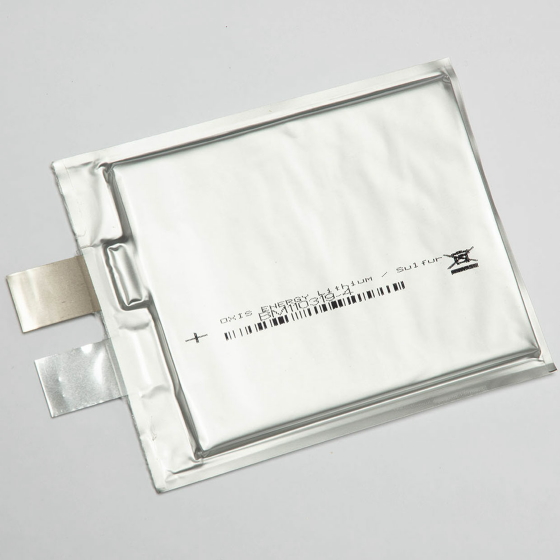The possibility that the flight range of an electric airplane can be doubled by lithium / sulfur battery is shown

By stevanovicigor
One of the challenges faced by electric airplanes that use all power is the miniaturization of batteries. Increasing the energy-to-weight ratio is very important for electric airplanes, and lithium-sulfur batteries are attracting attention as a way to solve this problem.
Lithium Sulfur Battery Project Aims To Double The Range Of Electric Airplanes IEEE Spectrum-IEEE Spectrum
https://spectrum.ieee.org/energywise/aerospace/aviation/lithiumsulfur-battery-project-aims-to-double-the-range-of-electric-airplanes
Oxis Energy in Abingdon, UK, has proposed lithium-sulfur batteries for safe use in electric airplanes. In order to demonstrate the feasibility of an electric airplane using lithium-sulfur batteries, we conducted an experiment for about one year on an electric airplane designed by Bye Aerospace, which develops a small electric airplane.
The lithium-sulfur battery developed by the joint project of both companies showed a value of 500 Wh / kg. According to an IEEE Spectrum article , the energy ratio per weight of a lithium-ion battery announced in 2017 is 260 Wh / kg, so it can be seen that its performance is nearly double that.

This improved energy efficiency is expected to reduce the total weight of the battery by half and at least increase the flight range by a factor of 1.5 to 2 times compared to the small aircraft previously produced by Bye Aerospace. When an electric airplane using lithium-sulfur batteries is realized, there is a high possibility that larger airplanes can be equipped with lithium-sulfur batteries.
One of the reasons why lithium-sulfur batteries have not received much attention is the short lifetime due to cathode degradation during the charge / discharge cycle. Oxis Energy says, “In the next two years, the battery will be available for 500 cycles.”
Another reason is safety: Lithium / sulfur batteries tend to overheat. When designing lithium-sulfur batteries, Oxis Energy incorporates ceramic lithium sulfide as a “passive coating” to prevent sudden discharge and leakage. In addition, non-flammable electrolytes are also used.
Related Posts:







